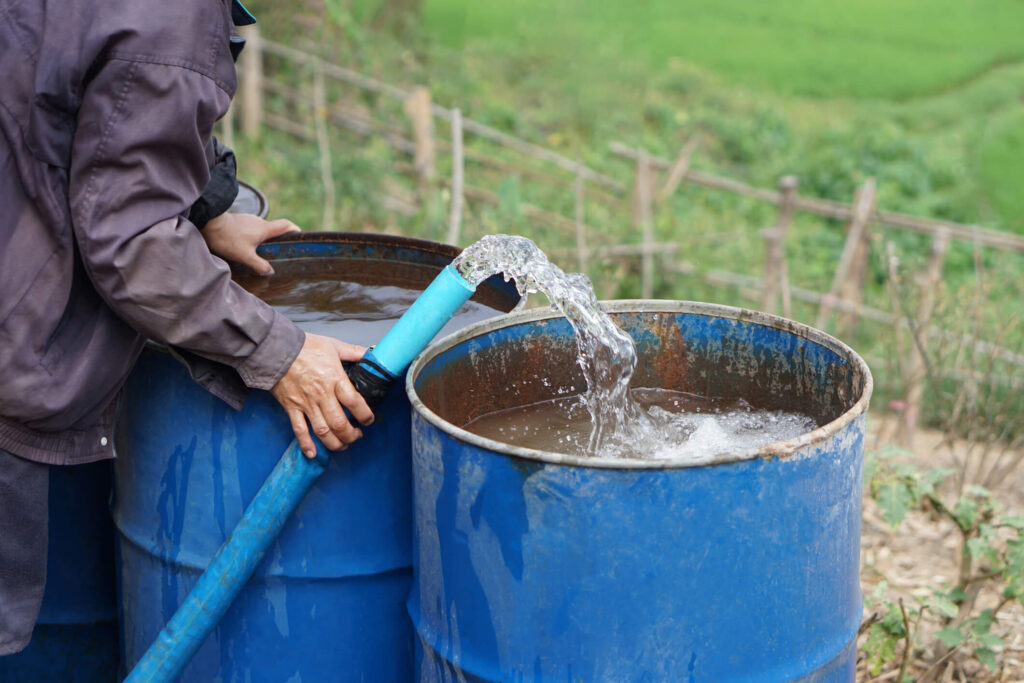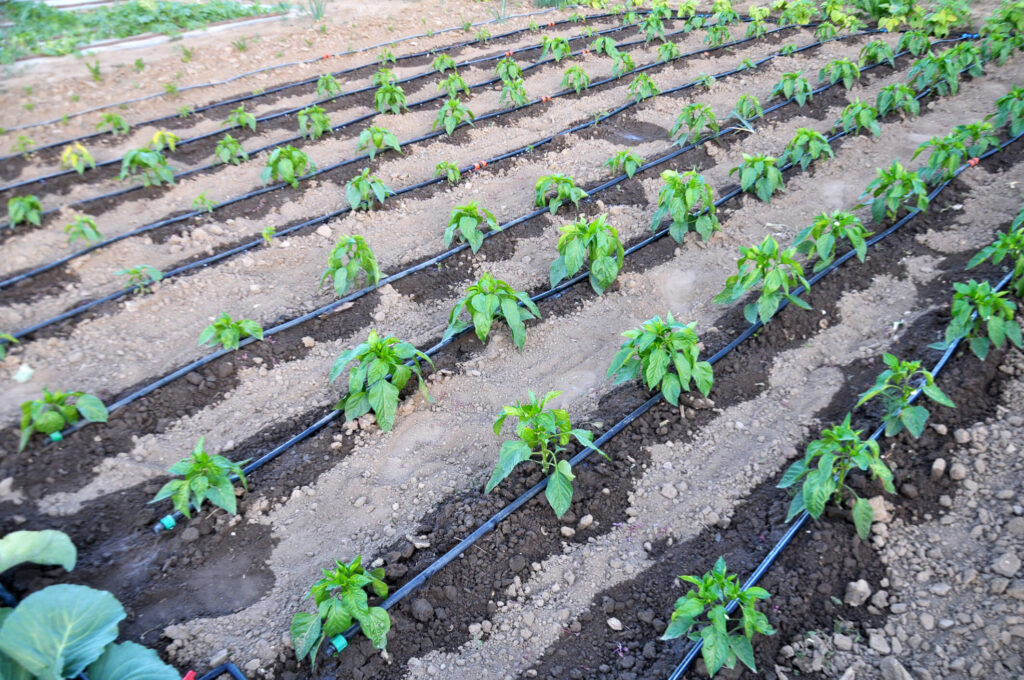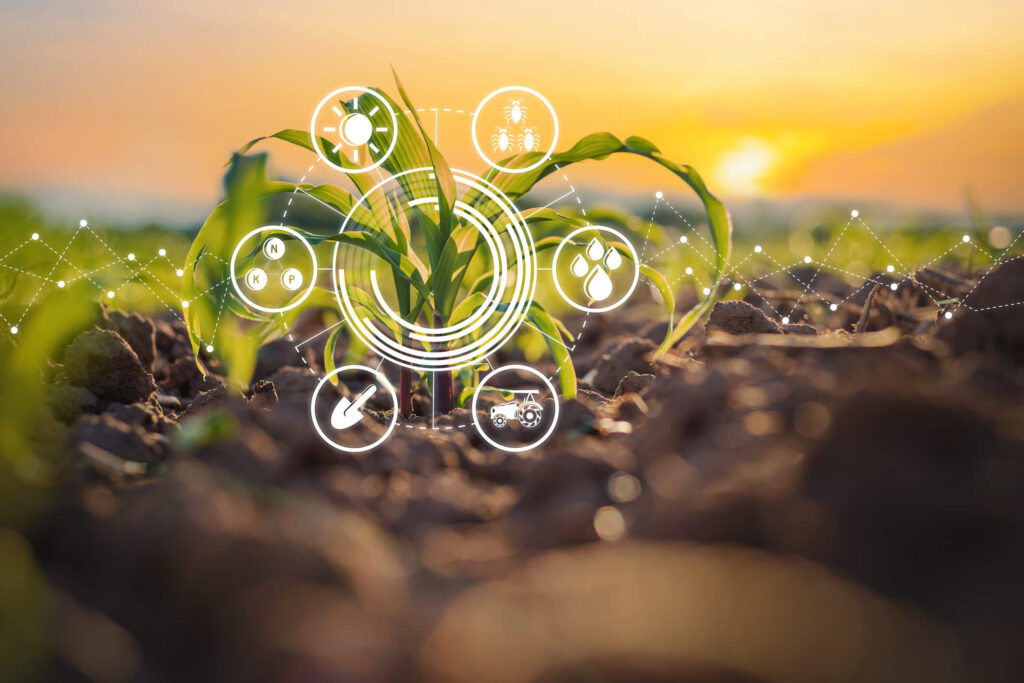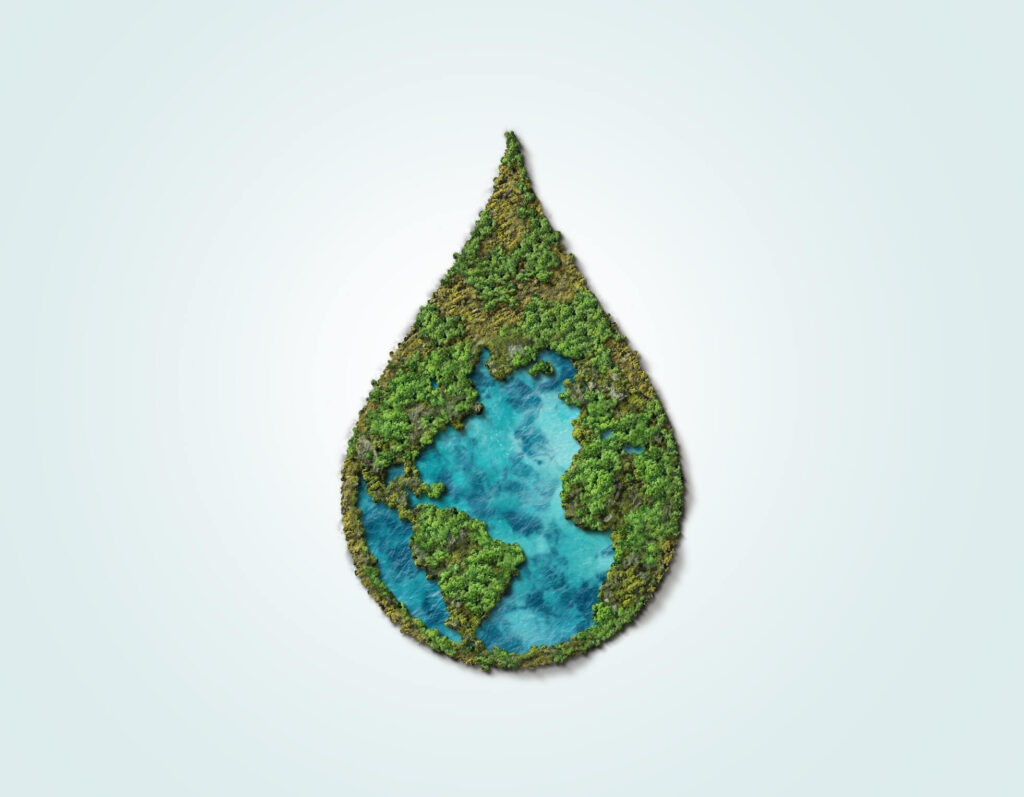In a time when climate change is seriously threatening the world’s water supply, water conservation is now crucial to maintaining this precious resource.
It is more important than ever to find innovative approaches for water conservation and management in times of overpopulation and growing demand for water. Putting conservation techniques into practice not only helps with immediate water shortage issues but also promotes environmentally conscious and sustainable agriculture. Prioritising water conservation is essential for cutting down on waste, enhancing the quality of water, and safeguarding future water supplies.
This article examines the significance of water conservation in agriculture and emphasises its role in reducing the effects of climate change. It covers everything from technologies like desalination and water metres to conventional ones like rainwater collection. It also describes water management techniques and sustainable farming methods with an emphasis on soil and water conservation and reuse.
The Importance of Water Conservation

Water conservation in agriculture not only preserves finite water supplies but also greatly lessens environmental effects. Water-saving strategies and efficient irrigation methods reduce soil erosion, protect groundwater supplies, and clean up water pollution. By enhancing soil retention and water quality, conservation agriculture methods can cut water requirements by 30–40%. These techniques help lessen chemical leakage and preserve soil structure by preventing soil disturbance.
Additionally, using water-saving strategies in agriculture yields significant economic benefits. Farmers can increase profits by boosting crop yields and cutting irrigation costs. Water conservation reduces the demand on water supplies, lowering infrastructure costs for water distribution and storage. The World Bank projects that reducing water waste and scarcity by 2050 could cut economic losses by up to 6% of GDP (Gross-Domestic Product), highlighting the economic necessity of water conservation.
Furthermore, water conservation has a profound social impact, particularly in mitigating water scarcity. Scarcity affects food prices, energy security, and agricultural output, potentially leading to social instability and competition for water resources. Given that agriculture accounts for 70% of global water use, efficient water use is crucial for sustainable development and equitable water distribution.
Methods of Water Conservation

1. Drip Irrigation
The most effective way to save water is to use drip irrigation, which delivers water straight to the roots of plants with little loss or runoff. This technique is incredibly effective; in places experiencing drought, it can cut water use by as much as 60%. Drip irrigation maximises plant growth, supplies water and nutrients exactly where they are required, and preserves soil. Additionally, it reduces the requirement for mechanical weed control, protecting the ecosystem.
2. Rainwater Harvesting
A sustainable option is rainwater harvesting, which collects rainfall to be used later in gardens and farms. By using this technique, you can lessen your reliance on conventional water sources, prevent soil erosion, and maintain ecological balance. Farmers may prevent the damaging effects of hard water on plants and irrigation equipment by using rainwater, which is naturally soft and devoid of dangerous minerals. Rainwater harvesting systems, whether passive or active, also provide the flexibility to modify storage capacity in response to variations in rainfall, guaranteeing a consistent supply of water.
3. Water-Efficient Technologies
Innovative water-efficient technologies–used in smart agriculture–that minimise water use, such as micro-sprinkler systems and soil moisture sensors, offer real-time data on crop water requirements, minimising over-irrigation. For instance, leading IoT hardware supplier Seeed Studio has played a key role in creating a variety of sensor modules and connectivity options intended especially for the agricultural industry. Their devices help farmers make better decisions and optimise their use of resources by enabling them to gather data in real-time on critical parameters such as temperature and soil moisture. When crops are only watered when necessary, such technologies can reduce irrigation water use by up to 50%. Moreover, the incorporation of these systems into current farming methods fosters sustainable water management, which is essential in tackling the issues of water scarcity and climate change.
Sustainable Agricultural Practices

Crop Rotation
In sustainable agriculture, crop rotation is essential for improving soil fertility and upsetting pest cycles. Nutrient management is optimised, lowering the demand for synthetic fertilisers and minimising nutrient pollution by rotating crops, especially with nitrogen-fixing legumes. By strengthening the soil’s structure and ability to absorb water, this technique lowers the likelihood of erosion and increases water retention. Legumes are a valuable component of rotation systems because they not only provide nitrogen to succeeding crops but also significantly reduce nitrate losses, which improves water quality.
Conservation Tillage
By holding onto organic matter, conservation tillage—which includes techniques like no-tillage and limited tillage—preserves soil moisture, lowers erosion, and improves soil fertility. By reducing soil disturbance, this method preserves soil structure and fosters a robust ecology of soil organisms. Improved water infiltration and storage result from the approach, which lowers the requirement for irrigation and increases drought resilience. Furthermore, conservation tillage promotes biodiversity by giving different species habitats and generates economic benefits by lowering labour and machinery expenses.
Dry Farming
In areas with little yearly rainfall, dry farming uses the soil’s ability to store moisture and its natural cycles of precipitation to grow crops without irrigation. Farmers can increase yields by making efficient use of the available moisture by choosing crops that are either drought-invasive or resistant to it. Important practices include leaving stubble to stop runoff and tilling the ground to retain moisture after harvest. This technique not only saves water but also makes it possible to grow crops sustainably in arid areas.
Strategies for Effective Water Management

- Use of Drought-Resistant Crops – The development of drought-resistant crops is essential for both agricultural climate change adaptation and global food security. Numerous genes are involved in this complicated feature, which presents both opportunities and obstacles for advancement in sequencing methods. Drought effects can be lessened by implementing techniques like rainwater conservation and winter crop production. Variations in drought resistance amongst perennial ryegrass varieties highlight the value of choosing cultivars that are appropriate for your area and the possibility of genetic advancement.
- Proper Grazing Management – Maintaining ecosystem health and water quality depends on effective grazing management. Increasing the quantity and quality of water, encouraging plant health, and stabilising plant communities are some strategies. Soil erosion and water pollution can be greatly decreased by limiting cattle access to sensitive regions using improved grazing systems, other water sources, and fencing. Though it necessitates careful planning and management, controlled conservation grazing enhances soil quality, nitrogen cycling, and plant resilience.
- Optimising Irrigation Schedules – For crop health and water efficiency, irrigation schedule optimisation is essential. Although there were other effective ways, the Irr550 treatment had the highest IWUE and economic water productivity. Utilising soil moisture sensors and meteorological information, precision irrigation tailors irrigation to conserve water and increase crop yields. Retaining soil moisture through techniques like mulching and cover crops lowers the requirement for watering. Further improving irrigation efficiency are frequent water quality tests and the use of Variable Rate Irrigation (VRI) technology.
Conclusion
We have looked at the value of creative water-saving techniques in agriculture throughout this conversation, highlighting the role that these techniques play in promoting sustainable farming practices as well as battling the growing problem of water shortage. A diverse approach to improving water efficiency is demonstrated by the investigation of many methods, ranging from conventional rainwater harvesting to cutting-edge technology like drip irrigation and soil moisture sensors. All of these techniques point to an essential approach for protecting our limited water supplies, enhancing environmental sustainability, and guaranteeing future generations’ access to food and economic stability.
In the future, combining these water-saving techniques offers a viable way to deal with the two problems of water scarcity and climate change. It emphasises how crucial it is to keep up with innovation, research, and cross-sector collaboration in order to create and execute efficient water management strategies.











